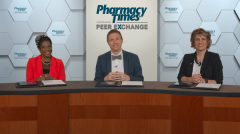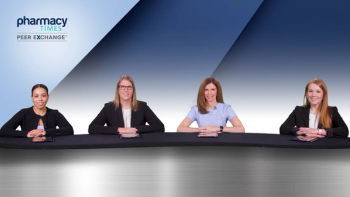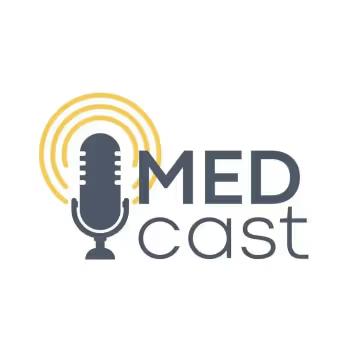
Clinical and Economic Burdens Driving Novel Pneumococcal Vaccine Development
Key opinion leaders discuss factors leading to the development of novel pneumococcal vaccines.
Episodes in this series

Ryan Haumschild, PharmD, MS, MBA: As we’re developing and coming up with guidelines, we recognize that there are offsets in clinical and economic burdens of disease. And a lot of that led to us now really focusing on a vaccination and ACIP [Advisory Committee on Immunization Practices] recommending that patients get vaccinated. Dr Schaffner, if you could, discuss some of the clinical and economic burdens of pneumococcal infections that led to the development of these novel vaccines that we’re utilizing now in practice.
William Schaffner, MD: Well, certainly the clinical aspects, I think were the main driver for the CDC’s [Centers for Disease Control and Prevention] ACIP. But every disease has economic overtones. I’ve seen a modeling study recently. I’m always a little cautious about modeling studies. I’m not a modeler myself, but they presented some really strikingly large numbers. For example, before we had PCV13 [pneumococcal conjugate vaccine], there were over, it is said, 900,000 cases of pneumococcal infection in the United States on an annual basis with over 4000 deaths. Now, after PCV13 was implemented, obviously disease due to those serotypes plummeted both in children and adults, but we’re left with non-PCV13 serotypes. It’s worth mentioning they’re over 90 pneumococcal serotypes. Each one of them we have to think of as an individual. There’s very little, almost no cross-protection in the vaccines. So we have to think of them separately. And of the types that are in the Pneumococcal 15 and the Pneumococcal 20 vaccines, which we will be talking about soon, there are still over a half million cases anticipated to occur in the United States with somewhere between 1000 and 4000 deaths annually. So these are very large numbers. And Ryan, you mentioned the economics. These modelers did get into economics and the numbers blew my mind. They say that pneumococcal infections currently account for costs associated with their care in the range of 900 million dollars annually. That can range up to a billion and a half dollars.
Ryan Haumschild, PharmD, MS, MBA: Dr Schaffner, I think, when we contextualize it with the readmissions and the number of hospitalizations and preventable hospitalizations, I think you’re right, especially looking at the total cost of care. Not only is that patient going to be inpatient, they’re going to have to have an increased follow up visits, potentially ED [emergency department] visits if they have uncontrolled disease. So it definitely seems like it’s not only a public health concern for us overall, but one that’s preventable, and how do we leverage vaccination and serotype coverage to really achieve that end goal?
Transcript edited for clarity.
Newsletter
Stay informed on drug updates, treatment guidelines, and pharmacy practice trends—subscribe to Pharmacy Times for weekly clinical insights.
























































































































































































































